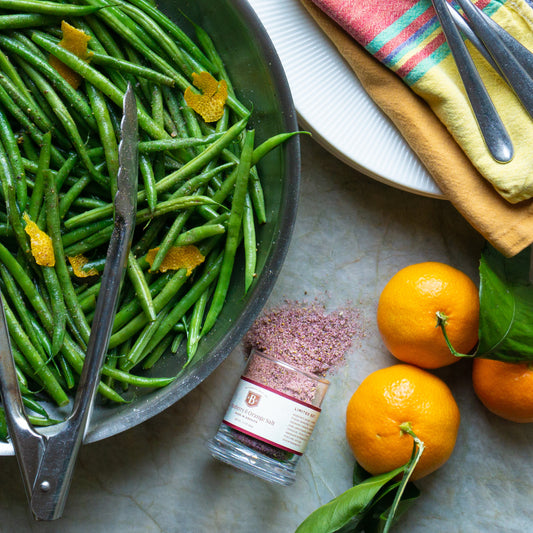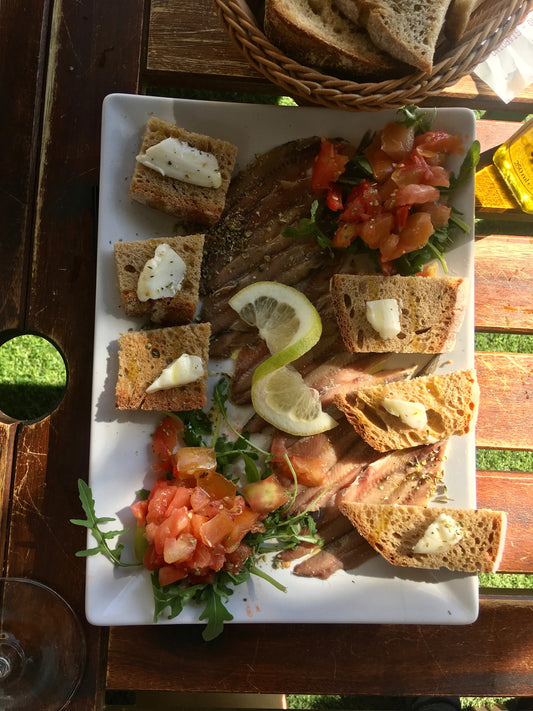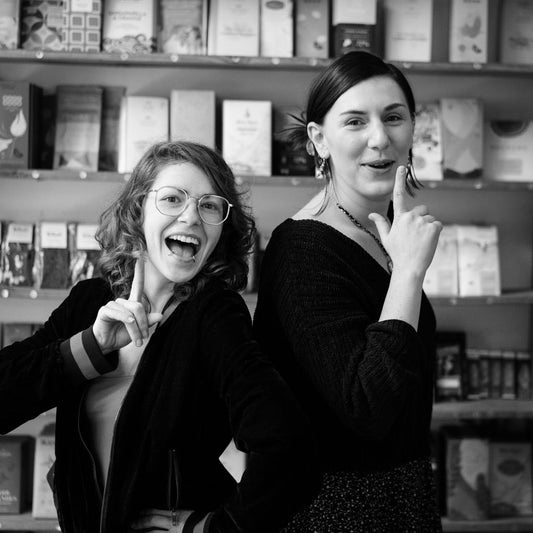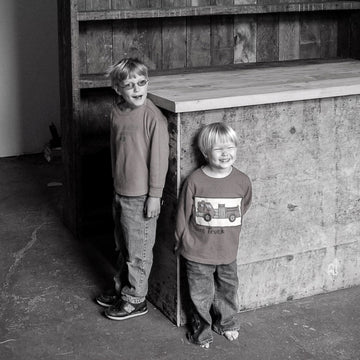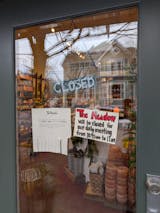I had always thought of my ex-wife, Jennifer, as an art historian. She had worked at the Metropolitan Museum of Art, the Getty, and the Frick Collection and was now the director of a major art gallery in Portland. So I was surprised when she said one day that she wanted to quit her job and open a retail shop: “I want to surround myself with the things I love most.”
What to make of that? My mind raced over the possibilities: Omelet pans? Lotion? Scratched LPs? Old Manolo Blahnik shoes? Paperbacks by Thomas Mann? Cups? Half-filled photo albums? Burgundy? Antique mirrors? Books on Tai Chi? Mint? Jennifer was not an easy woman to categorize.
All I could think to say was, “Well... okay... I guess.... Do you think we could find a spot for our salt in there somewhere?”
We drove out to inspect the spot she had selected. Located at the back of a courtyard on an obscure street in an even more obscure neighborhood in Portland, Oregon, was a small storefront painted in dark purples, blues, and greens. It had track lighting that hung down at the perfect height to shine directly into your eyes, creating the effect of staring into headlights as you enter a tunnel.
Perfect.
I spent the next five weeks painting, building shelves from old-growth Douglas fir reclaimed from demolished warehouses, designing and installing lighting, and buying jars for salt—meshing the realities of hidden nails and splintered wood with Jennifer’s glowing mental image.
We piled the newly built shelves and tables with buckets of fresh flowers, vintage vases, and jars of salt and hung the walls with a series of incredibly beautiful nudes drawn in Conté crayon, charcoal, and watercolor by a local artist. Then we invited all our friends over for a party, and opened our doors to the public.

Strangely, people were interested in our salt.
At the core of our business is an interest in sharing the excitement and pleasure of discovery. There are virtually no written signs in the store because we consider it our job to learn about our customers’ needs, then educate them in person about what we have to offer based on what we’ve learned. Plus, talking to people about food inspires a degree of candor that normally takes several martinis to produce.
Within the space of an hour I may talk with a chef about problems he’s having selling the owner on his passion for squid ceviche; with a tourist who is hungry for an intelligible and convenient way to make cottage cheese and peaches taste better; and with a neighbor who is surprising her husband with cassoulet for dinner.

This experience doesn’t get old with repetition because it never really repeats. When a visitor enters the store and says, “Oh! Salt?” I hear surprise, curiosity, and a tinge of something else—a bond being formed. It feels like we’re suddenly alone together, stranded in a strange space, trying to recapture something just beyond our reach, something like a déjà vu; and suddenly I have to try consciously to maintain an air of calm, cool collectedness. But—holding a pile of salt in my hands before a small crowd of people in The Meadow, surrounded by tables overflowing with seasonal flowers, opposite the chocolate shelves, flanked by a massive case bearing unusual wines, aperitifs, Champagnes, vermouths, bitters, and tonics, with a towering wall filled with more than a hundred artisan salts at my back—I sometimes begin literally to tremble.
--The story above was excerpted from Salted - a Manifesto on the World's Most Essential Mineral, with Recipes (Ten Speed Press, 2010).


